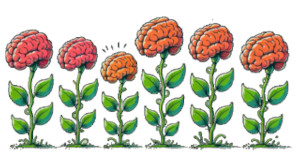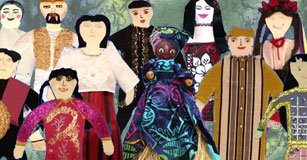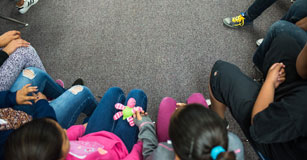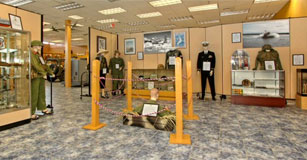50 Activities for 6th Grade
Hands-on ideas to engage sixth grade students in meeting standards and learning goals through digital projects.
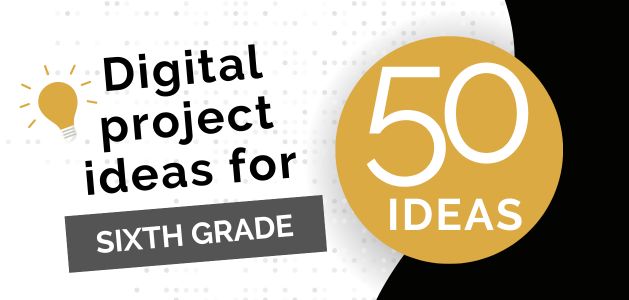
Fifty ideas for using a digital approach to help sixth-grade students meet standards and learning goals.
1. Design a how-to book or presentation
What can your students teach others? Procedural writing is an excellent way for students to become experts in a topic and feel confident about their ability to share the information with others.
To cement learning and inspire others, encourage students to closely examine the parts of a rule they struggle to understand or share the process of doing something they are passionate about. Use a flowchart to help students break down the process into each essential step.
Explore a Procedural Writing lesson plan
2. Set learning goals
The simple act of writing down your goals makes you more likely to achieve them, so have students take some time to set personal goals to accomplish this school or calendar year. Developing goals that are SMART (specific, measurable, attainable, relevant, and timely) can help even more.
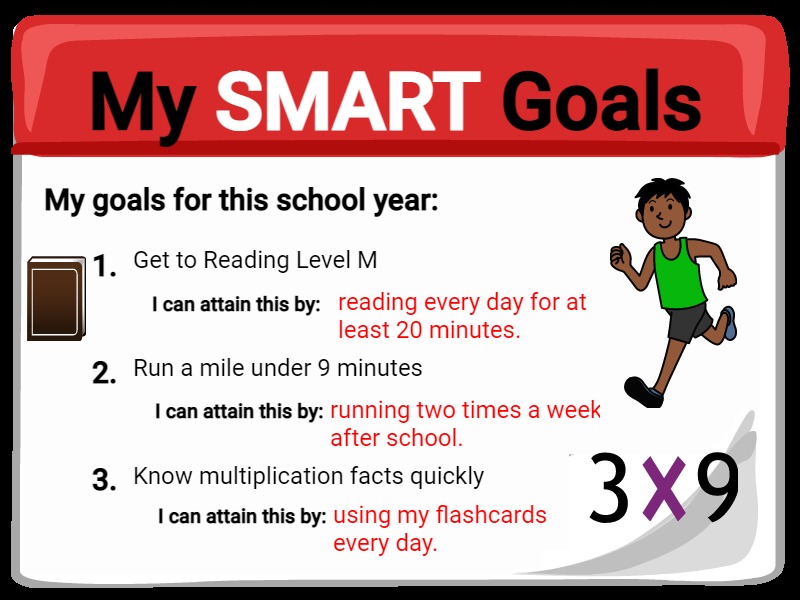
Have students use the goals as a home screen on their devices so they see a daily reminder of what they are working to achieve.
Explore a SMART Goals lesson plan
3. Create and send a digital postcard
After learning something new, have students tell someone else using a postcard! Students could write a postcard from:
- a character in a story
- a biome or habitat
- a specific time in history
- a unique geographic or cultural destination
Working with a digital tool, like Wixie, makes it easy to combine text, images, and audio to create the postcard, as well as copy/paste the project URL to share it.
Explore a Postcards from the Past lesson plan
4. Design wanted posters for vocabulary terms
While defining a word and using it in a sentence isn't very exciting or effective, students do need explicit vocabulary instruction. Asking students to create a Wanted Poster for a vocabulary term gets them to consider how it might be used or encountered in an everyday context.
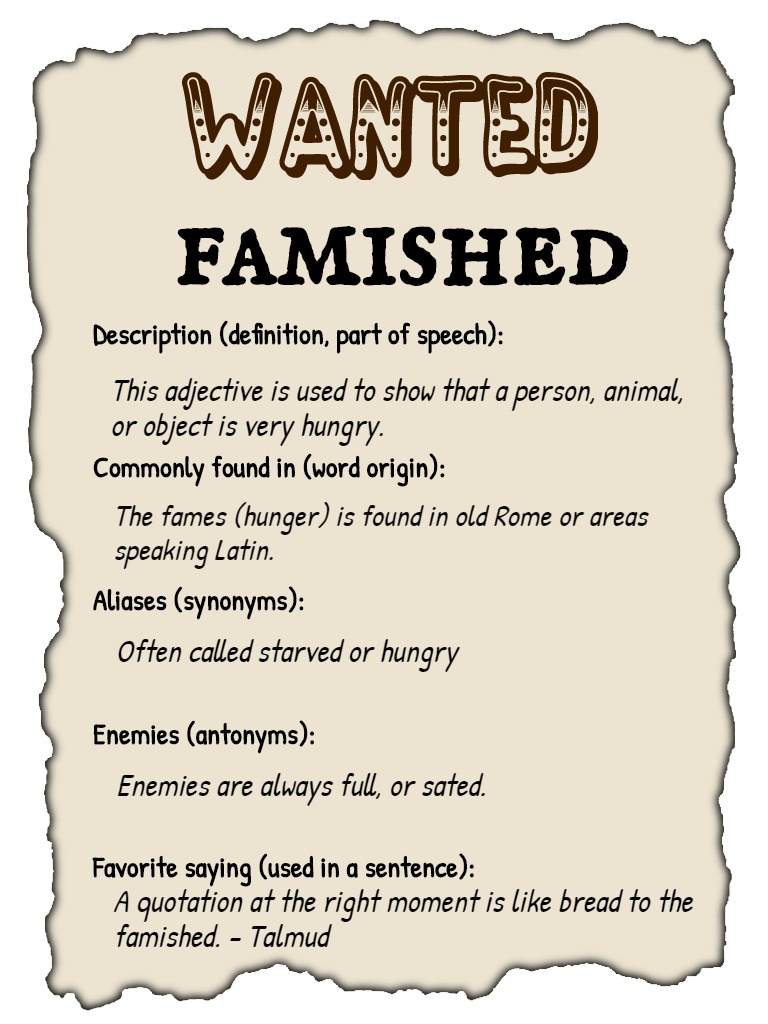
Students could also create Wanted Posters about various literary genres or terms like "totalitarianism" they encounter in Social Studies classes.
5. Conduct an interview with a figure or object from history
Research a historical event and ask students to share their newfound knowledge and opinions by creating a fictitious interview with a person (or object) who was there.
Explore an Artifact Interviews lesson plan
6. Plan an event
Planning the details for a party, including needed space (geometry) and a budget (decimals), requires students to practice and apply math and argument skills to a real-life scenario.
Explore a Plan an Event lesson plan
7. Celebrate a city
Showcase what you have learned about how geography influences culture to design promotional materials that showcase the cultural, historical, and environmental assets of a city.
8. Explore the hero's journey
Use well-known stories such as "The Odyssey," "Star Wars," or "The Lord of the Rings" to show how the hero's journey manifests in different contexts. Then, have students pick a hero and create a digital journal about their hero's perspective at each stage of the cycle.
Wixie has several Hero's Journey templates that make it easy to compare and apply the hero's journey to a story they are reading.
Explore a Hero's Journey lesson plan
9. Write a letter to or between characters in a story
Taking the perspective of a character in a story can help students understand their motivations and better comprehend their response to events in a story. Have students use stationery to write a letter to or between characters in a story.
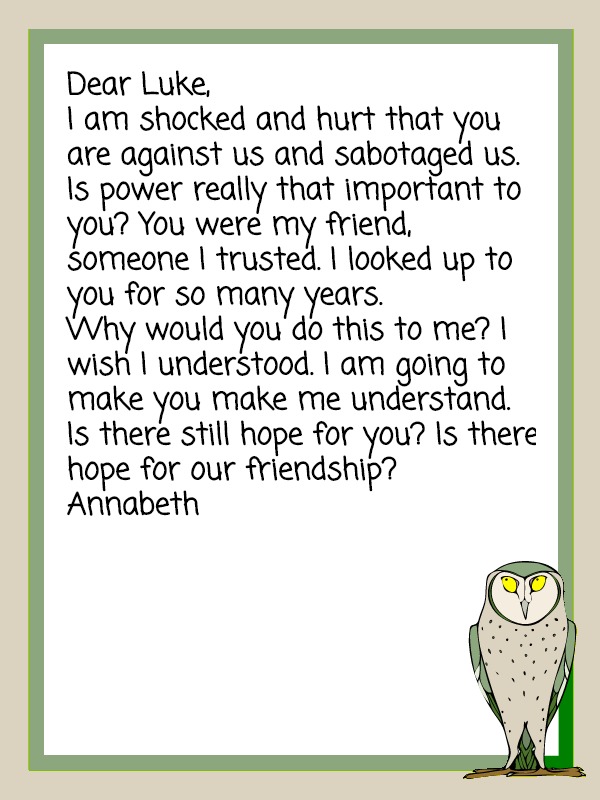
Give students a prompt that requires them to use evidence from text to justify their opinion or make an argument about it.
10. Publish a personification story
Have students personify an object, and then write, illustrate, and publish a story about it.
Explore a Personification Stories lesson plan
11. Produce a news broadcast
Watch a couple of news broadcast segments together and discuss how theys effectively inform their audience about news, events, and other topics.
Have small teams work on a broadcast that includes segments like a main story, an expert interview, a human interest story, and the weather.
Explore a News Broadcast lesson plan
12. Create visual versions of poetry
Visual versions of poems are great performance tasks that require close reading. Have students use a digital publishing tool to type a poem from their favorite poet or one they may have written and add illustrations and voice recordings to help the reader and viewer better understand and connect with the poem.
Explore a Visual Poetry lesson plan
13. Inform with infographics
Infographics are visual representations of information that make complex ideas and large amounts of data easy to understand.
Instruct students to research information or collect data on a science topic. Then, have students create charts and graphs, analyze the information, and create an infographic to display the findings.
Explore a Creating Infographics lesson plan
14. Design a new book cover
Ask your students to create new covers for the stories they are reading. To design an effective book cover, students need to think about how they can use imagery to share knowledge of characters, setting and events in order to attract new readers.
Go even further, by asking them to design a complete book jacket — including a cover image, a plot summary, a book review, information about the author, and quotes or teasers from the story.
Explore the Design a Book Cover lesson plan
15. Create an Arcimboldo-inspired self-portrait
Giuseppe Arcimboldo is an Italian Renaissance painter known for his portraits of people that use objects like fruit and books. Challenge students to create Arcimboldo-style self-portraits by combining clip art images in an imaging tool.
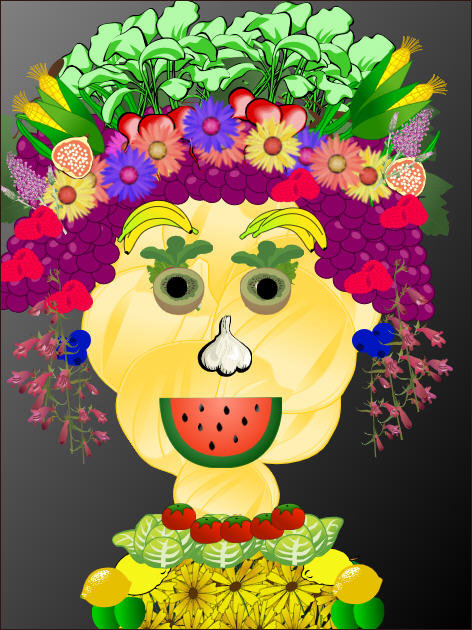
Explore an Arcimboldo-Inspired Self-Portraits lesson plan
16. Create a character scrapbook
Ask students to demonstrate knowledge about a character's physical traits, feelings, experiences, and actions by creating a digital scrapbook. Students can include images of important events, diary entries, objects important to the character, letters from friends, and more.
Explore a Character Scrapbook lesson plan
17. Create a historical magazine
Have students create a newspaper or magazine to show what they have learned about the events, politics, and culture of a different time in history. (template)
Explore a Day in the Life lesson plan
18. Raise awareness with a public service announcement
Students in sixth grade are starting to have the capabilities and passions to change the world. Have students create a public service announcement to raise awareness, inform others, and change behaviors.
When developing a public service announcement (PSA), students have a chance to practice and apply persuasive writing skills in a real-world, authentic context. A short PSA targeted at a particular audience also encourages students to focus on writing organization, as well as voice and word choice.
Explore a Conservation PSA lesson plan
19. Create a community field guide
Ask students to go outside, or even look out a window, and simply observe the plants and animals there. Have them find a plant they find beautiful or an animal that interests them. Use a digital paint program to have them sketch their object and add text labels and insights about what they notice.
Students can then use their observations and sketches along with a field guide to help them identify the species if they don't know what it is. They can add additional information or notes to create a field guide for other species that live nearby.
Explore a Fantastic Field Guides lesson plan
20. Create a character coat of arms
Small, but mindful, changes can move a task beyond remember and retell. For example, replace a typical character trait cluster assignment with the task of developing a coat of arms for a story's protagonist that represents traits of the main character.
Creating a coat of arms provides students with an opportunity to think about objects, colors, symbols, and mottos that reflect a character's personality, passions, strengths, and experiences.
Wixie has a Coat of Arms template that makes it easy to add color, text, and images to show comprehension.
21. Write a blackout poem
To write a blackout poem, you cover up words on a page of text until the leftover words form a poem. Using a digital approach means you don't have to pay for or destroy printed books.
Use a paint program to add a section of text from a favorite poem or book you are reading. Then, use the paint brush tool to blackout words, until a new poem appears.
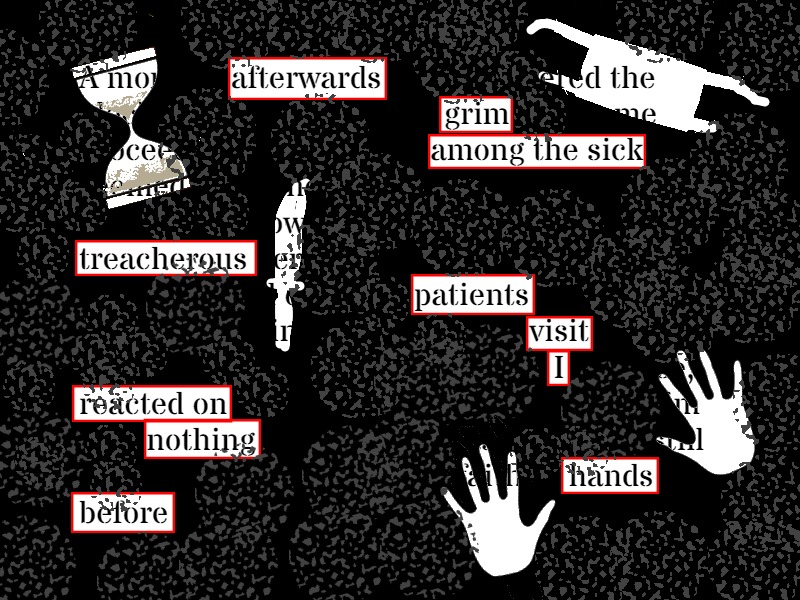
Read the text and circle words you find interesting, then read them in order to listen to your poem. Circle additional words to fill out the idea and blackout (or pink-out, as the case may be) the rest of the words and add additional painted decoration.
22. Create a vision board
Have students create a vision board to represent what it will look and feel like when they reach their goals. A vision board is a collage of images, words, and short phrases that provide a tangible idea of what your future success looks and feels like.
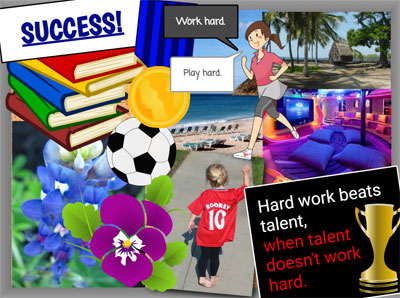
The visuals representing your goals serve as a reminder of what your future can be, so have students print or post the vision boards where they will see them regularly.
Explore a Vision Board lesson plan
23. Craft a concrete poem
Concrete poems are poems where the words are arranged in a shape that reflects the topic of the poem. Because creativity, presentation, and productivity tools let you resize, move, and rotate text easily, they make it easy to move text to create a desired shape.
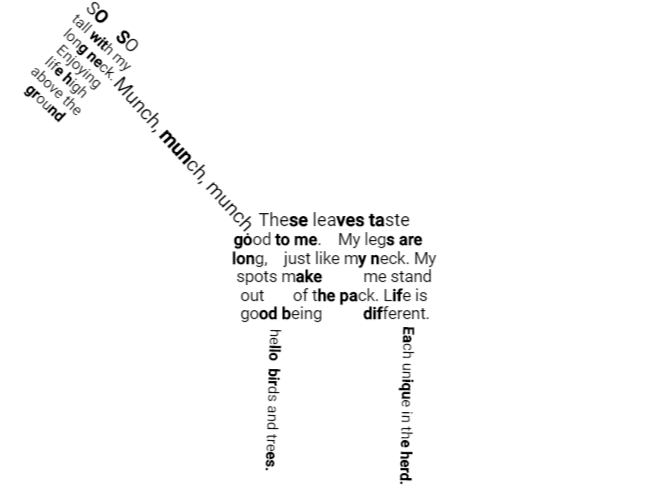
Ask students to write a poem in small phrases or stanzas. Then, use the font, size, color and rotation options to use it to create a larger image.
24. Create a mandala
Mandalas have been around for thousands of years and are highly structured forms of art that use repetitive patterns.
While mandalas are a form of radial symmetry, they have also historically been a form of meditation and a way to get to know oneself more completely. Making a mandala can help students reflect on their lives and their world.
Go on a quiet walk and let students pick up things that capture their eye, like fallen leaves, sticks, and flower petals. You can also collect found objects and recycled materials and have students use these objects to create a tangible or physical mandala.

Using a digital tool, like Wixie, to create a mandala provides students with unlimited access to a range of shapes they can use repeatedly. This makes it easy to create mandalas that reflect one’s interests, passions, and aspirations.
Explore a Make a Mandala lesson plan
25. Create and send a thank you card
Practicing gratitude can have a big effect on our happiness. Empower students to show their gratitude by writing a thoughtful letter to someone for a gift they appreciate. Remind them gifts can be objects like clothing (material), but also things like friendship and support (immaterial).
Students can always print the message, but if they share digitally, they can record voice and/or video, making it even more personal and special.
26. Paint pop art
Share examples of Andy Warhol's work and then discuss the idea that mass-produced products from everyday life can be inspiration for art and the object of art itself. What objects do they find or use today that have their own beauty?
Many art and social media tools have filters or color options. Ask students to use clip art of common objects, like the Wixie example below, or capture a photo with their phone.
Students can then duplicate the image and apply filters and color options as they create Warhol-esque repeating images.
27. Create an ABC's of...
After researching and learning about a topic such as geography, matter, or ancient civilizations, have students use an A-B-C format to share knowledge they have learned.
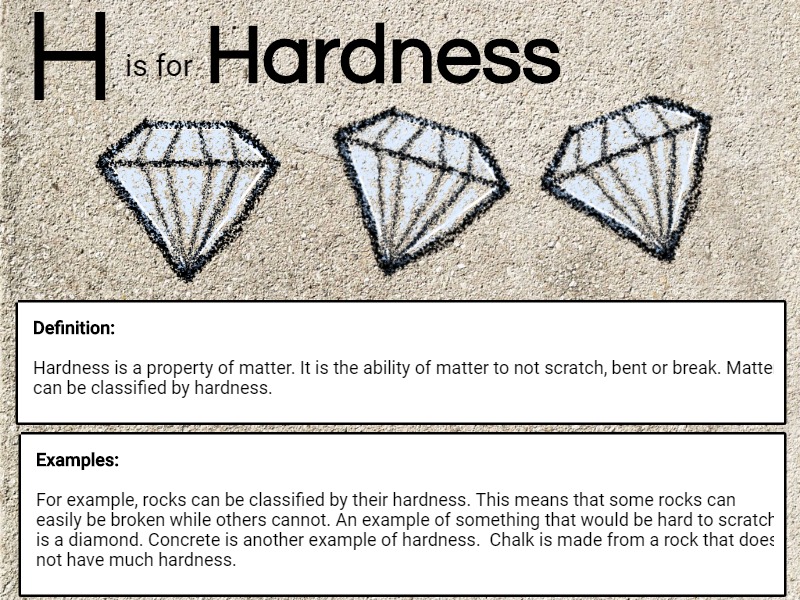
Assign individual letters to students and combine into a class project.
Explore an ABC Book lesson plan
28. Make a mind map
Mind mapping is a powerful way for students to visualize connections between ideas, organize information, and brainstorm effectively. Creating a mind map helps students visualize and clarify:
- how the traits and actions of characters in a story compare,
- the sequence of important events in a historical event,
- the hierarchy and connections of information they are learning.
Mind maps are a great way to support student thinking throughout the design process. Mind mapping and whiteboarding tools make it easy to brainstorm ideas, then organize them into groups and add connections to show how the ideas are related.
Explore how to use the Mind Map tools in Wixie
29. Survey peers
Capturing, analyzing, and communicating data is essential for success in our information age. Maximize opportunities for your students to create, give and display the results from surveys they create.
Consider having them graph results and communicate their findings through an infographic.
30. Tell tall tales
Legends and tall tales are stories filled with unbelievable events or exaggerations that explain a person's character or how something came to be. Ask students to write, illustrate, and record their own tall tale about a historical figure or location.
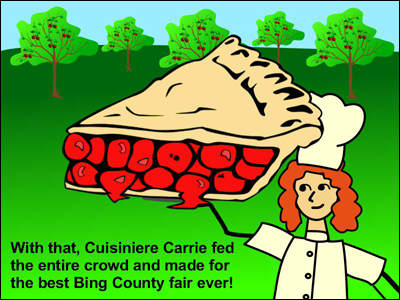
Explore a Legends and Tall Tales lesson plan
31. Create surrealist art
Inform students about surrealism. You might inspire them by reading a book like Pish, Posh, Hieronymus Bosch.
Have students use paint tools to illustrate bizarre creatures juxtaposed around a normal self-portrait and then write a poem about the way the surrealism makes them feel.
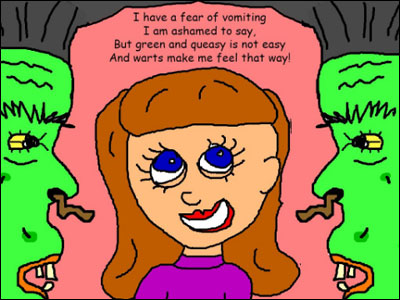
This example takes advantage of the mirror symmetry options for the paint brush in Wixie.
Explore a Surreal Symmetry lesson plan
32. Create comics, cartoons, and even graphic novels
Comics and cartoons are a great way to engage students in the stories they are reading and information they are researching and exploring. Have students create comics for a fun way to practice narrative writing, retelling, sharing understanding, teaching others, raising awareness, and more.
Explore additional ideas and lesson plans for creating comics
33. Celebrate a person of significance
Combine research, empathy, and writing by asking students to choose one person they feel should be the person of the year. Make sure students explain why they chose this person and what qualities and traits make them an outstanding contributor to society.
Wixie includes a fun biography template that helps direct student research and scaffold ideas.
34. Build your creativity
Creativity is an essential skill for success in the digital age! Use an Edward deBono-style circles activity to practice creative thinking by asking students to use drawing tools to turn circles into recognizable objects.
35. Create a playlist
Have students tap into their musical side by creating a playlist that matches the theme in a story, a chemical reaction or a historical event. Ensure students explain the reasoning behind their choices.
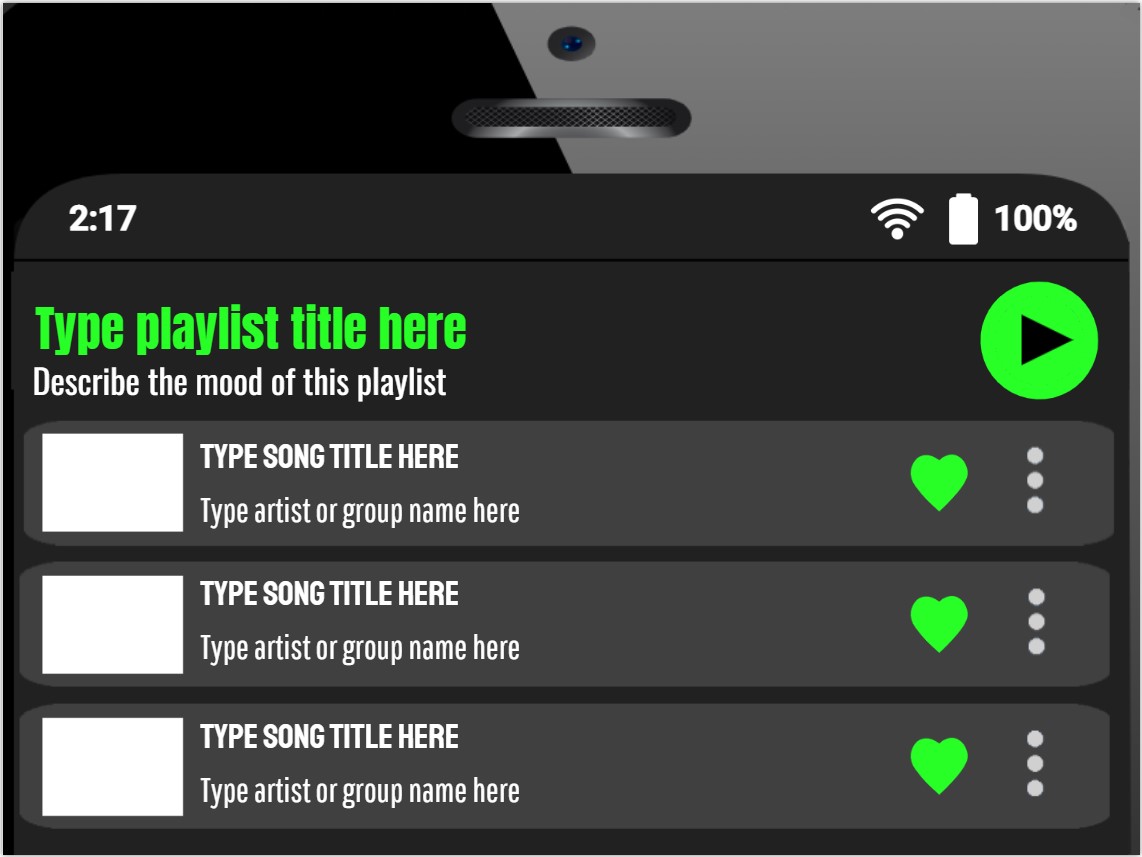
36. Create a WANTED poster for a story's antagonist
It is often the antagonist that makes a story interesting or gives a plot direction. Have students create wanted posters for villains in the stories they are reading to evaluate comprehension and help them consider how they might craft a villain to add impact to their own writing.
Explore more ideas for Wanted Posters
37. Create silhouette art
A silhouette is a sharp outline or shadow of an object. Take advantage of the layers, image libraries, and paint options in a digital art tool like Wixie.
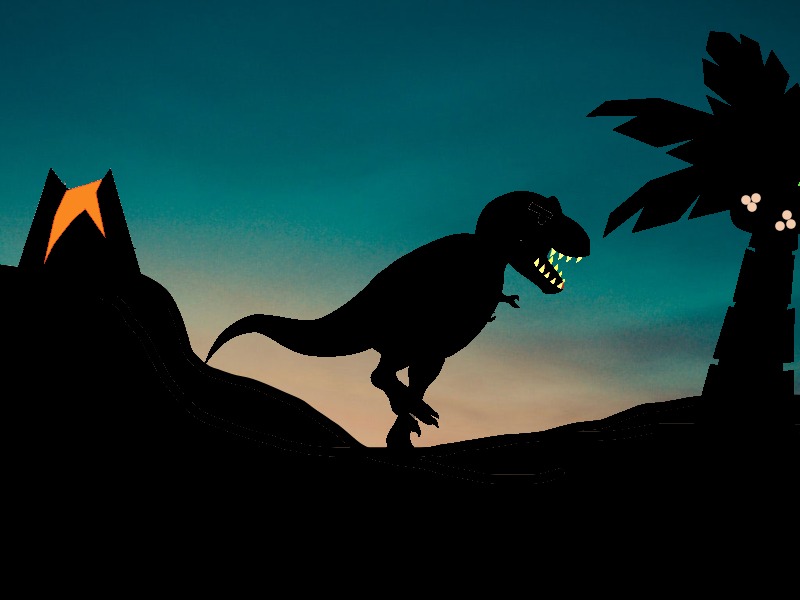
Explore a Spooky Silhouettes lesson plan
38. Create a book bento
Have students create a book bento to retell important details about a text or to visually celebrate their favorite title. Find a bento box background, like this one in Wixie, then have students arrange images about the book and add hyperlinks for an interactive collage.
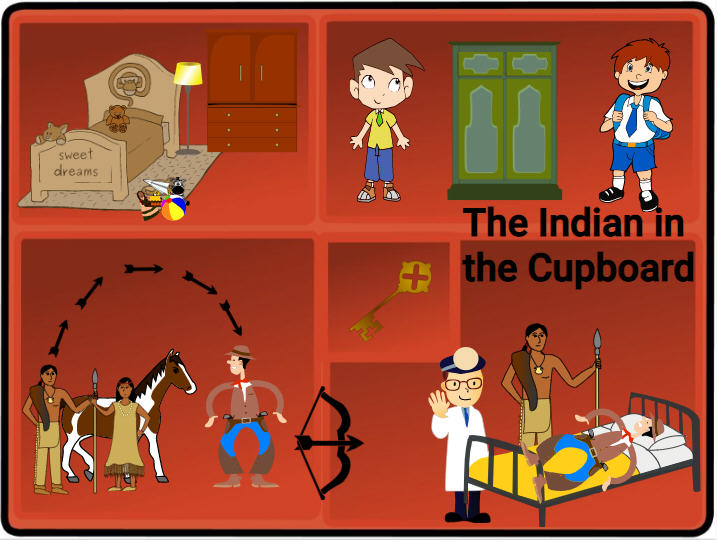
39. Craft an if/but comparative
Comparing and contrasting is a powerful learning strategy. Crafting an If/But comparative report promotes analytical and creative thinking.
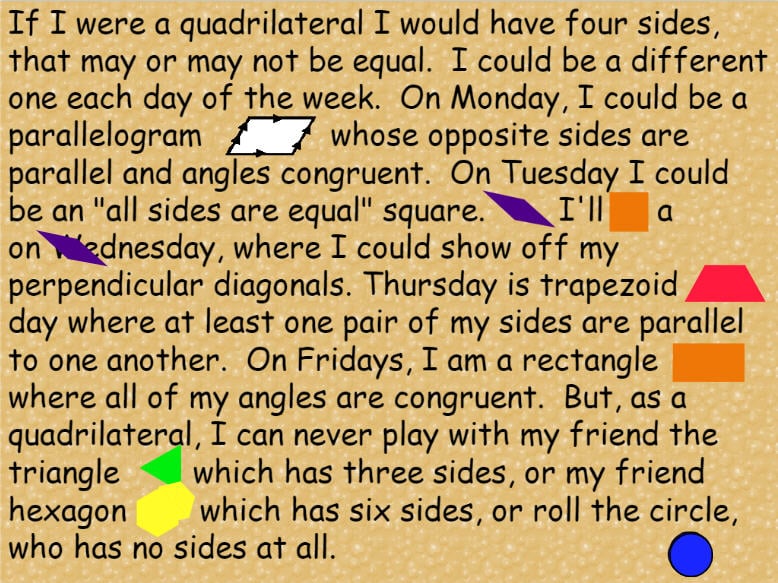
Have students craft an If/But comparative report to showcase how two topics they are studying, such as animals, book characters, or geographic regions, are similar and different.
40. Host a commemorative ceremony
Ask students to design and lead a ceremony to honor a person or commemorate an event in history; this is a great way to involve students in student-wide culture and history days.
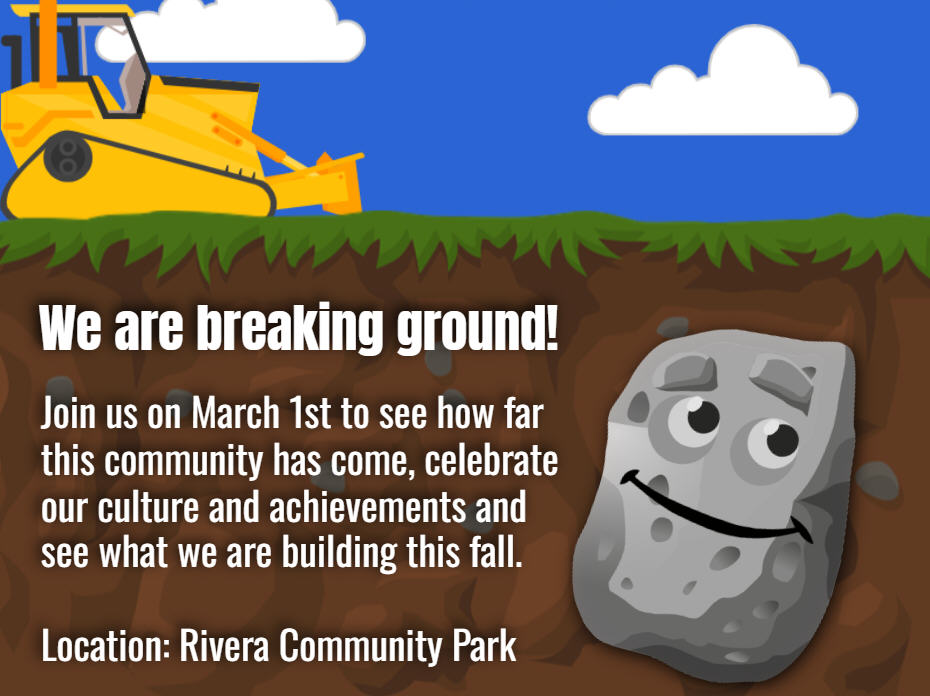
Have students consider designing invitations, programs, posters, speeches, and videos as well as organizing space, agenda, and activities.
Explore a Commemorative Ceremony lesson plan
41. Design a superhero
Tap into student passion for comics and superheroes by asking them to share some favorites. Then, ask them what qualities or "powers" make a great superhero.
Discuss as a class, and then ask each student to design their own superhero and explain how their traits make them a hero.
Explore a Design a Superhero lesson plan
42. Celebrate everyday heroes
Popularity and fame make someone an idol, but these traits don't make them a hero. Challenge your students to help you compare what makes an idol and what makes a hero.
Task students with finding a local hero and raising awareness about their work in your community and what actions and characteristics make them a hero.
Explore a Commemorative Ceremony lesson plan
43. Promote a book with a movie-style trailer
Have students create book talks in the form of movie-style trailers to promote their favorite books and get other students excited about reading them.
Explore an Entice Your Reader lesson plan
44. Design a school lunch menu
After researching nutrition and journaling about their own food consumption, task teams of students with designing a menu for a week of school lunches. Teams should strive to both encourage healthy eating and reduce the amount of food waste.
Compare menu designs and work as a class to craft a presentation that showcases the best ideas to the food service team at your site.
Explore a Healthy School Lunch lesson plan
45. Propose community improvements with a pop-up plaza
Introduce students to the popular trend of pop-ups plazas to improve and revitalize communities. Students research an area in their community that they would like to change. After interviewing community members for their needs, students design a model of the intended space and write and pitch a proposal to help fund their pop-up.
Explore a Pop-Up Plaza lesson plan
46. Produce video biographies
Turn informational writing into a motivating experience by having students create a video biography of a historical figure.
Explore a Video Biographies lesson plan
47. Host a tourism trade show
Learning about a new region, state or country should be fun and steeped in a practical and real-life application. After viewing tourism promotional materials, task students to work in teams to research and pitch their area of interest in the form of a brochure, slideshow or social media post.
This makes for a fun way to get students to practice writing and speaking in a world language classroom.
Explore a Tourism Trade Show lesson plan
48. Send a virtual compliment
Show your appreciation for a classmate, family member, or friend with a compliment card. This is a great idea for a random acts of kindness promotion.
Tools like Wixie let you print multiple copies or pages onto a single sheet of paper, making it easy to print, fold, and share. Great for dropping in a classmate's lunch box or backpack.
49. Paint with pointillism
Pointillism is a style of painting developed by Georges Seurat and Paul Signac that uses small, individual dots of color to create the illusion of shapes and images.
Challenge students to create paintings with pointillism. Digital art tools make it easy to change the size and color of the paintbrush as well as magnify to help students change the size, spacing and color of small dots to make a larger image.
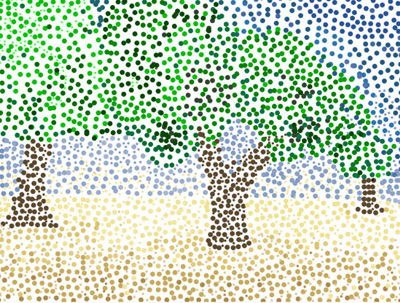
Explore a Paint with Pointillism lesson plan
50. Make mock social media posts and pages
Have students take on the viewpoint of a character in a novel you are reading and create a mock social network page to reflect traits, events, and perspectives they have analyzed for this character.









